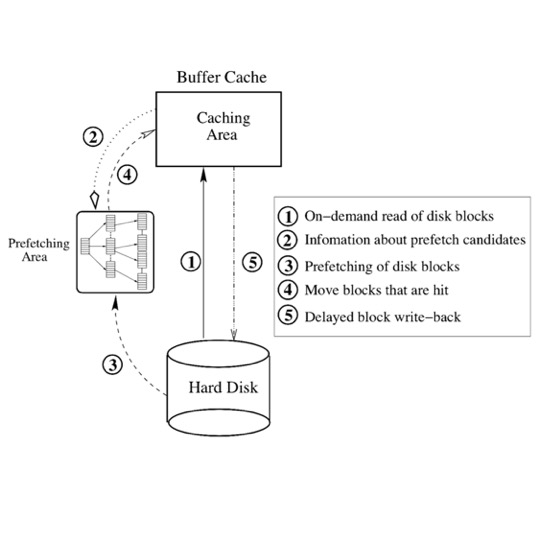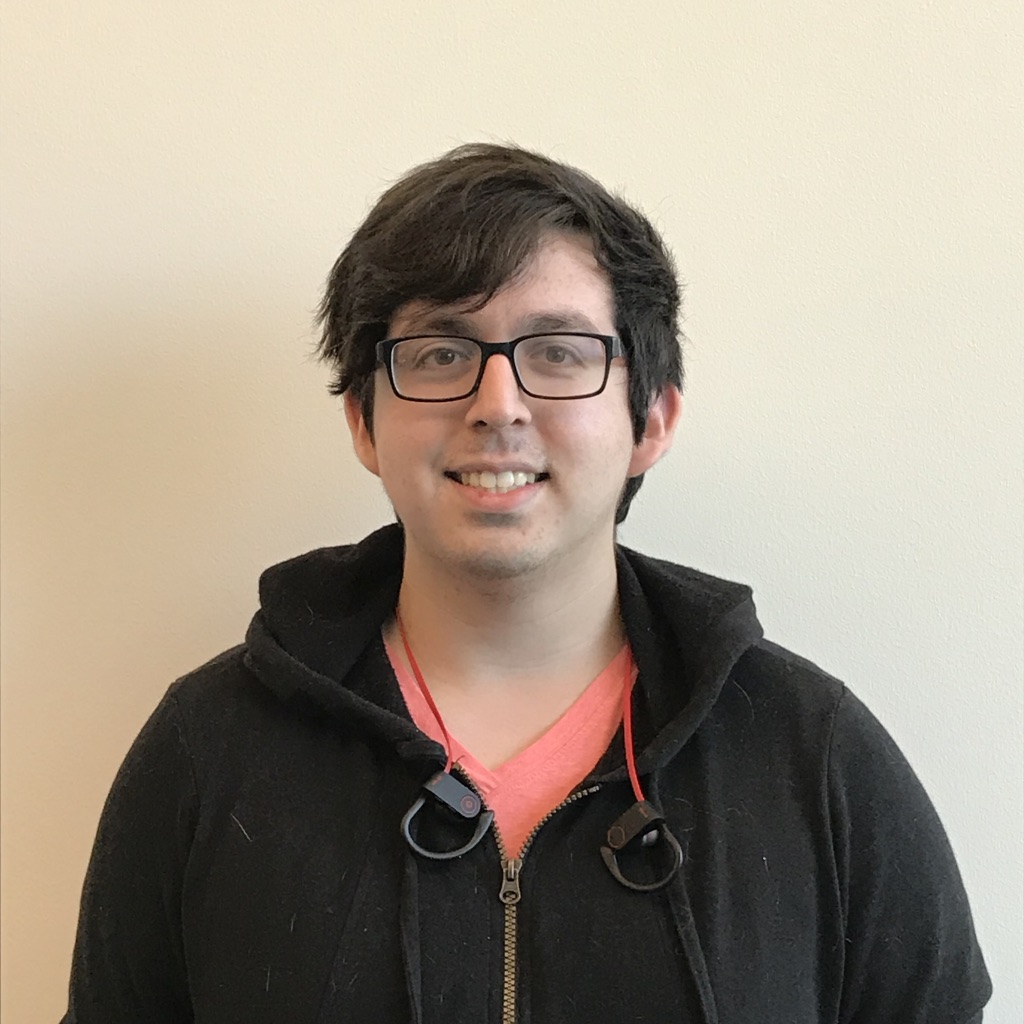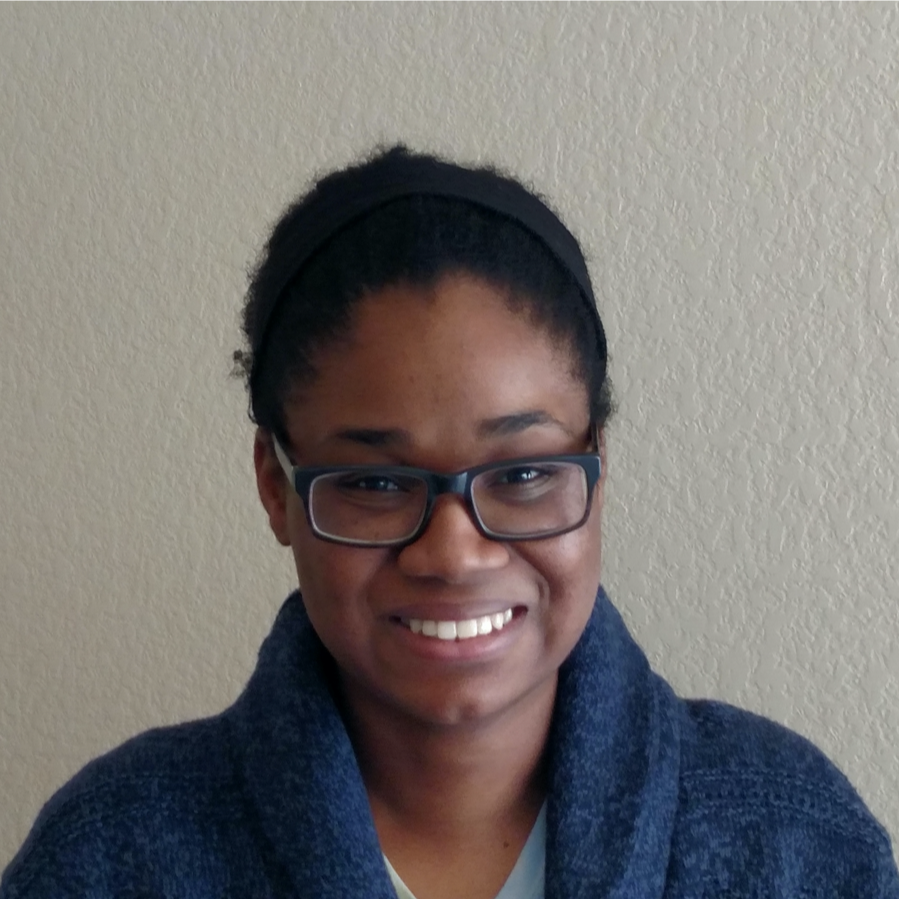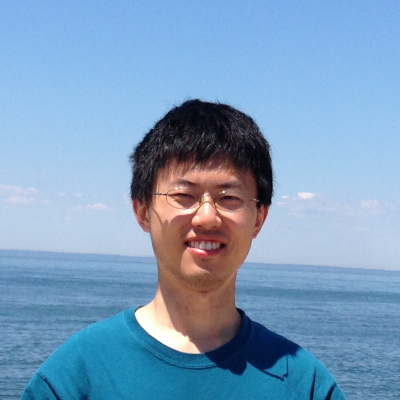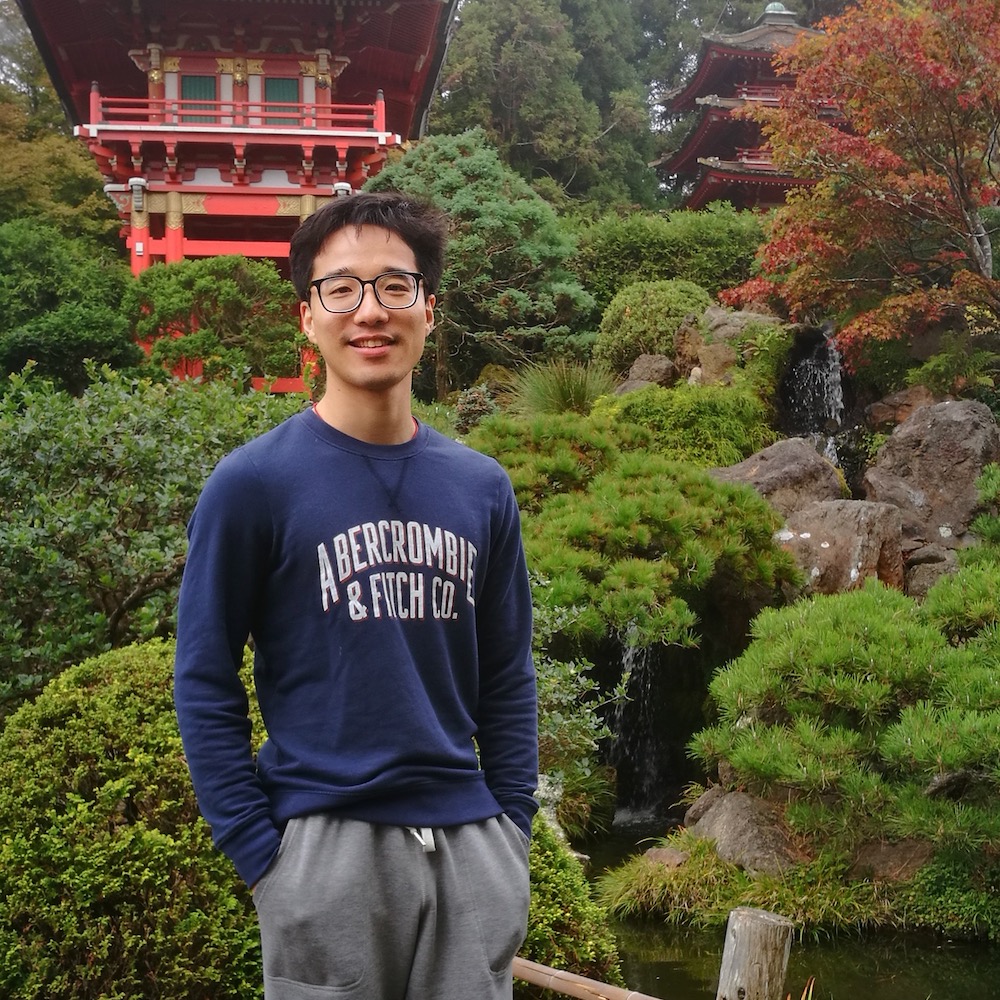About the REU Program

In response to high demand of undergraduates at UTA's CSE department on Computer System research,
the faculty and graduate students actively working on system research projects mainly supported by National Science Foundation (NSF)
organize the program with missions of:
- Providing ample opportunities of translating textbook knowledge into skills of solving real-world issues chanllenging today's system design and engineering.
- Inspiring the students to achieve a higher career goal towards knowledge discovering and technology impact.
- Creating a diverse and vibrant enviroment for highly productive learning and studying.

